The adventurous life of Doménikos Theotokópoulos (1541-1614), an artist better known as “El Greco,” took a permanent turn shortly after he arrived in Spain.
He earned several important commissions after arriving in Toledo, an important city at the time, and never left this place.
He was one of the most influential artists of the Mannerist era and his distinctive Mannerist paintings are easily recognizable.
Let’s take a closer look at Christ Carrying the Cross by El Greco, a defining painting by the artist for several reasons.
1. It was painted shortly after the artist arrived in Toledo
El Greco was born in Candi, modern-day Crete, a major island that is part of Greece today. Back in the 16th century, this island was an overseas colony of the Republic of Venice.
El Greco was mainly influenced by Byzantine art and started as an icon painter in the Cretan School, the main art movement in the region of the post-Byzantine period.
When it became clear that his talent far exceeded that of his friends and colleagues, he moved to Italy. First in Venice and later in Rome.
He absorbed the Renaissance masterpieces that he came across but never lost this unique approach to art. This conflicted with local artists in Rome and he continued his adventurous journey to Spain.
His goal was to become the Royal court painter in Spain but this never happened. He eventually settled in Toledo, an ancient walled city on top of a hill not too far southwest of Madrid.
He painted Christ Carrying the Cross shortly after the arrived in the city in July of 1577. It’s estimated that he completed it by 1580.
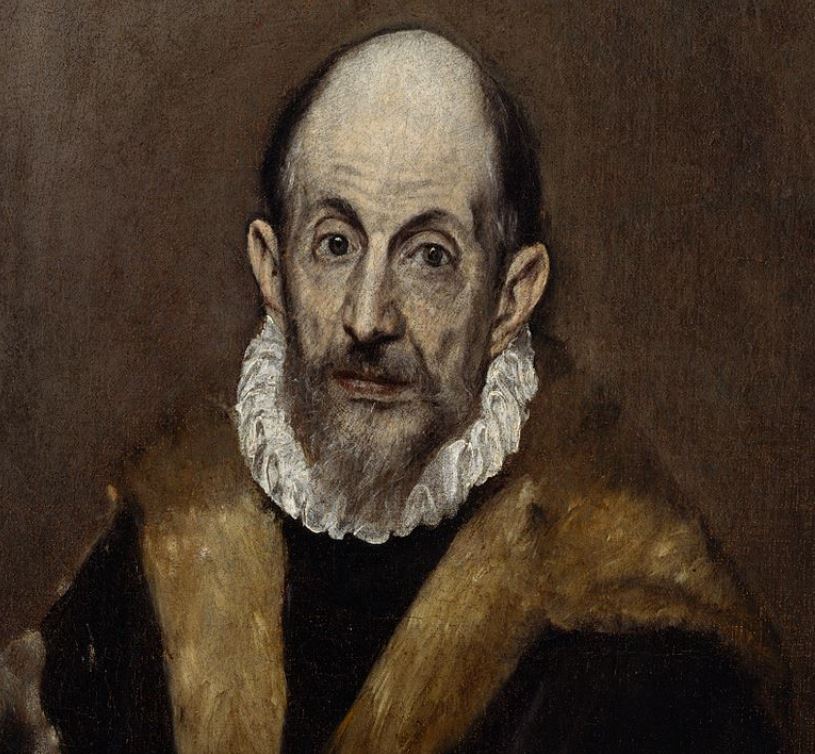
2. It depicts a story told in all 4 Gospels of the Bible
As the name of the painting suggests, it depicts Jesus Christ as he carries his cross on the so-called way to calvary.
We can spot Jesus when he takes a brief pause while looking at the sky above. El Greco integrated an implied line in this painting which makes us assume that he is directly communicating with God the Father above.
The entire episode, including this moment when he looks up toward Heaven, is described in full detail in all 4 Gospels of the Bible, those of Mark, Matthew, Luke, and John.

3. The painting was inspired by a famous sculpture by Michelangelo
El Greco wasn’t a great fan of the painting technique of Michelangelo (1475-1564), one of the greatest Renaissance artists in history.
It’s true that he was mainly known as a sculptor of the Renaissance, but he also painted significant works, including his masterpieces inside the Sistine Chapel.
The Greek-born artist spent more than enough time in Italy studying the Renaissance sculptures and paintings and took inspiration from them.
Art historians have suggested that Christ Carrying the Cross was inspired by a famous sculpture by Michelangelo titled “Risen Christ.”
This marble sculpture was completed in 1521 and is located at the church of Santa Maria Sopra Minerva in central Rome.
Although the composition is slightly different, the way in which Christ delicately holds the cross bears indeed a striking resemblance.
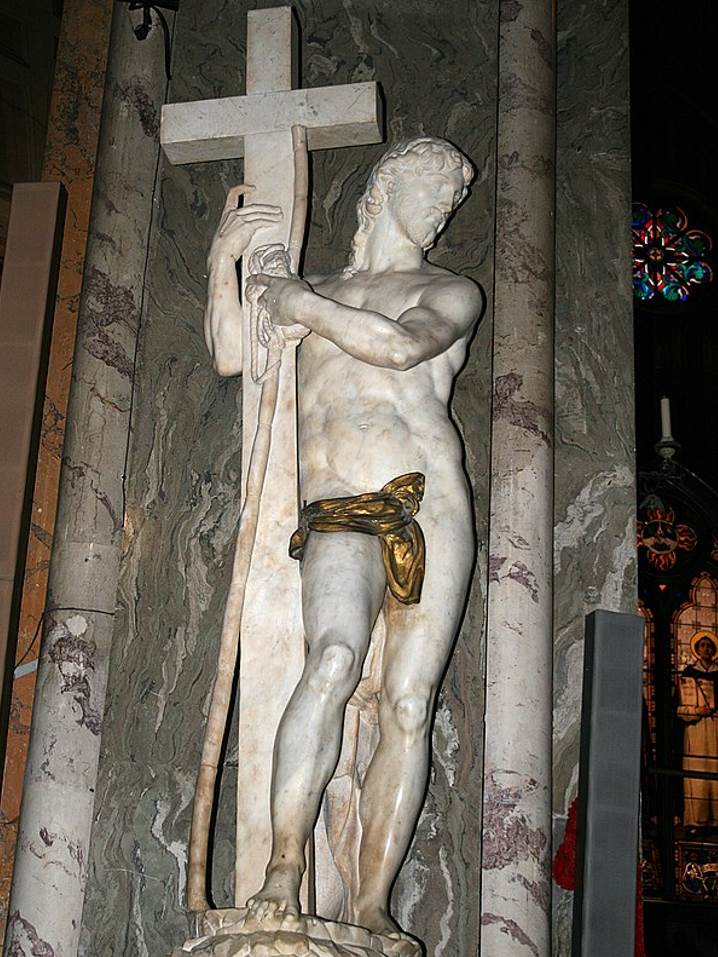
The manner in which Christ stares at the sky is a notion of his acceptance of his fate. He has tears in his eyes because he knows he will make the ultimate sacrifice for mankind.
The other prominent element in the painting is the crown of thorns on Jesus’ head. This was put in place by his guards as a mockery of his death sentence as the King of the Jews.
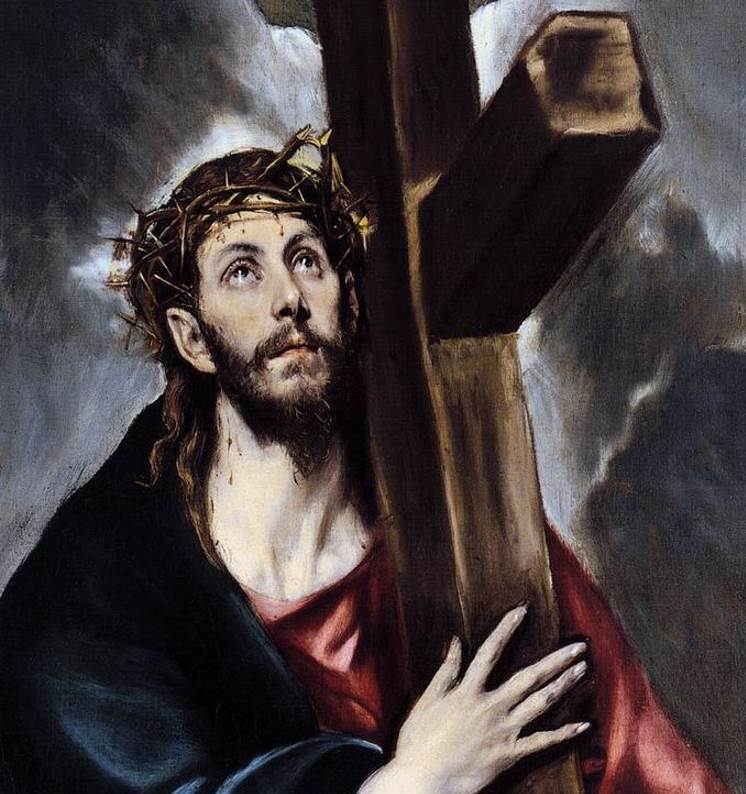
5. The storm in the background has a deeper meaning
The storm in the background is in line with the Biblical narrative found in Matthew 8:23-27.
It mentions that a great thunderstorm full of rain, lightning, thunder, and gloomy clouds emerged during Jesus’ crucifixion.
Very few artists n history have been able to capture a stormy sky than El Greco. He integrated this into multiple other works, including his world-famous “View of Toledo.”
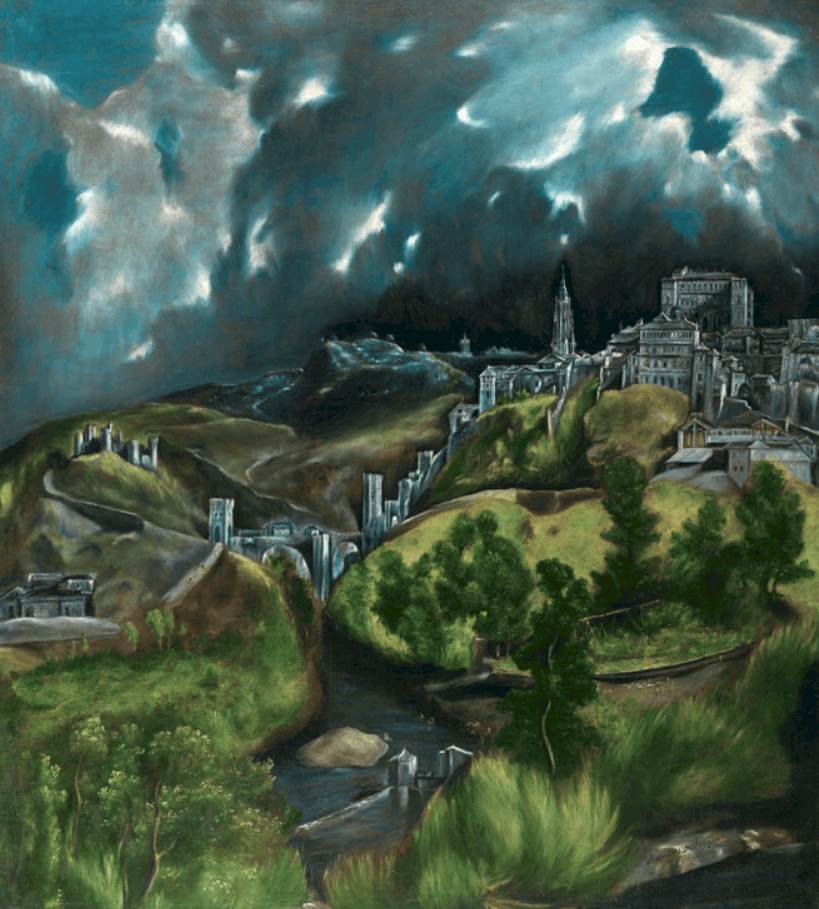
6. El Greco’s paintings were highly influential to 19th-century artists
El Greco combined both bright and vivid colors with often distorted figures to get his message across. This was the essence of the Mannerist period which exaggerated the ideals of the Renaissance.
He produced some of the most distinctive paintings in history and influenced numerous world-famous artists in the process.
His main goal was to dramatize the scene and went a long distance to achieve it. This was something that was highly inspirational for Romantic artists in the 19th century.
They incorporated the same sense of drama into their own works in favor of the harmonious ideals of Neoclassical artists before them.
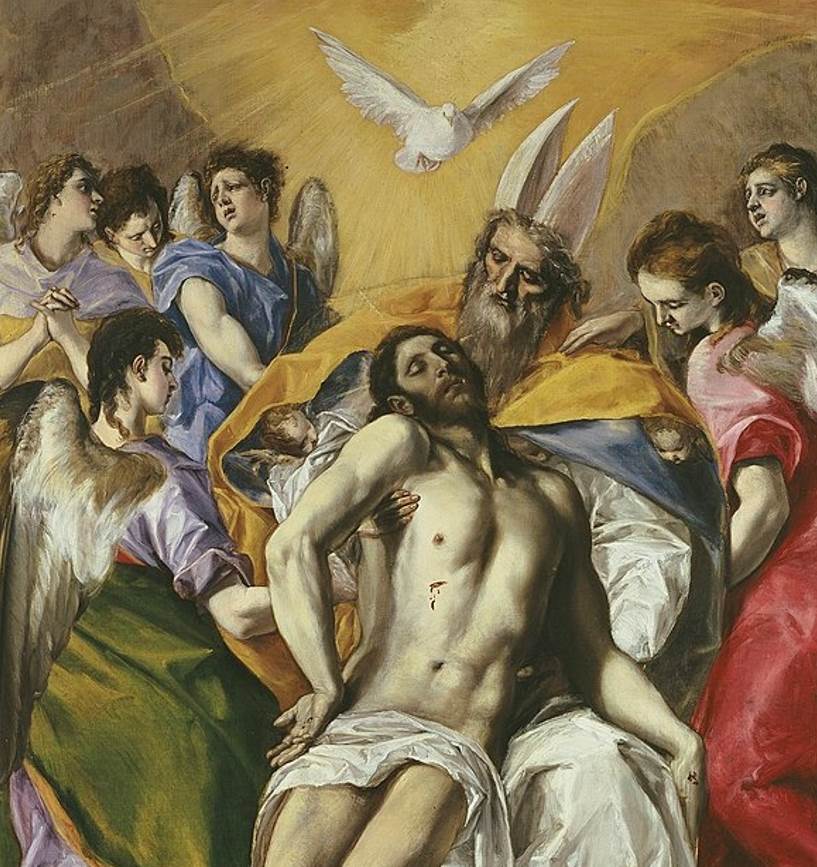
7. How big is Christ Carrying the Cross by El Greco?
The artist produced both works that cover entire walls such as his famous “The Burial of the Count of Orgaz” and much smaller works such as his View of Toledo.
Christ Carrying the Cross by El Greco is a medium-sized oil n canvas painting that has dimensions of 105 × 79 centimeters (41 × 31 inches).
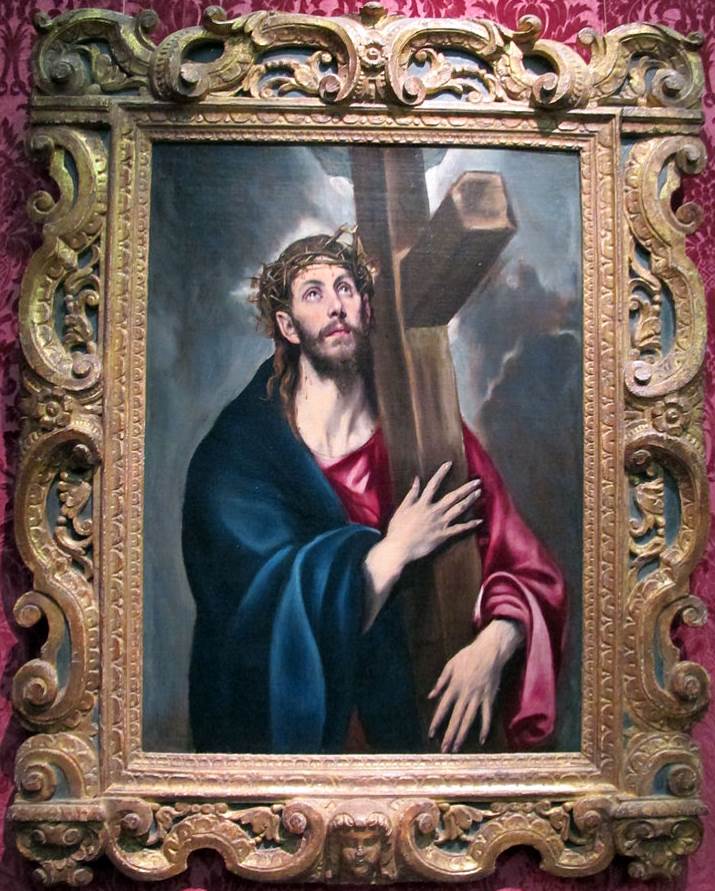
8. Where is the painting located today?
The painting was owned by several distinguished British individuals in the 19th and 20th centuries.
Sir William Stirling Maxwell (1818–1878), General Archibald Stirling, and Lieutenant Colonel William Stirling (1835-1906) all owned the painting at one point in history.
It was acquired by Robert Lehman (1891-1969), an American banker and the rich head o the Lehman Brothers investment bank, in 1953.
The painting, along with multiple other works by El Greco, was sold again in 1975 and is now part of the collection of the MET.
It can be found in the El Greco Room of the amazing Metropolitan Museum of Art in the heart of Manhatten.

